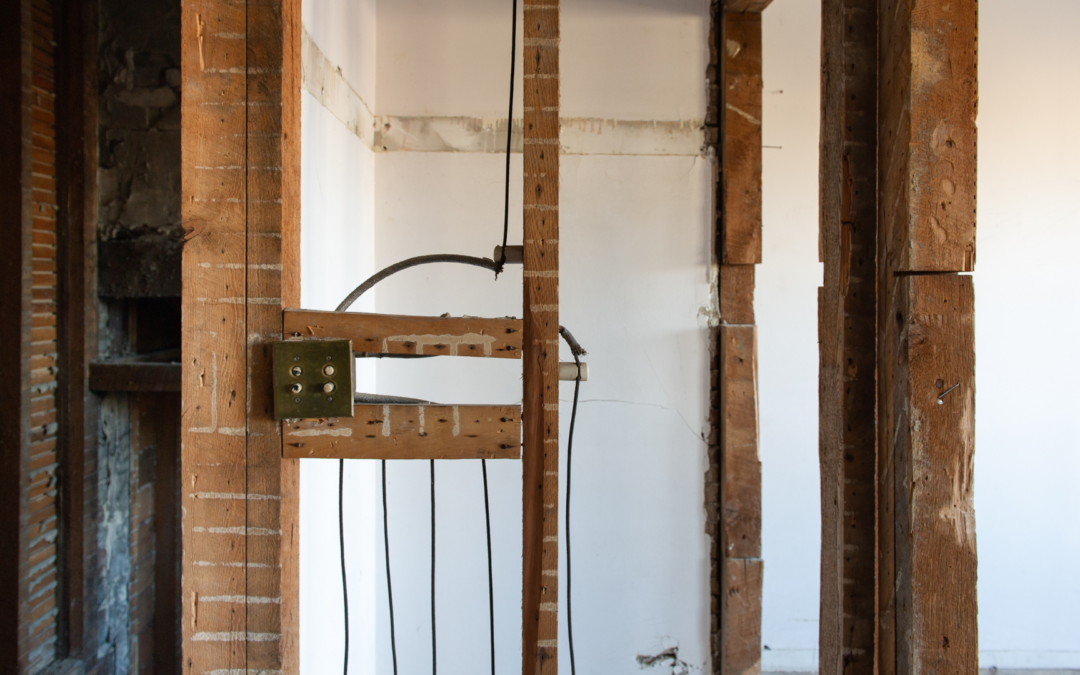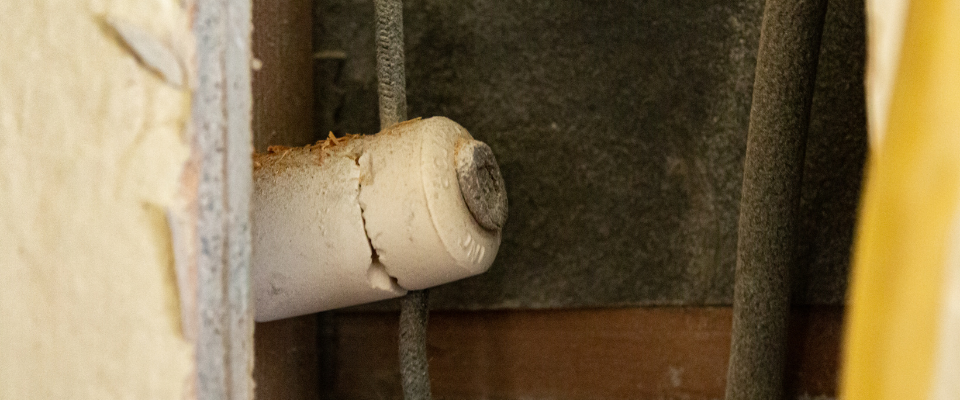When buying a home in Nashville or the Middle Tennessee region, understanding the type and age of electrical wiring in the property is essential. Not just for safety, but for long-term maintenance and negotiation power.
Over the past century, residential electrical systems have gone through three major eras of change, each with its own strengths, weaknesses, and risks.
Here’s what you need to know.
The Modern Era (1975–Present)
Homes built after 1975 generally use NM (non‑metallic sheathed) wiring, which has become the standard in residential construction.
While building codes are updated every three years (and plenty has changed over the last 50 years), the overall approach to wiring during this era has been stable. These homes are typically safer, with fewer systemic issues, though they still need regular inspection to ensure outlets, panels, and grounding systems meet current safety standards.
The Mid‑Century Era (1930–1970)
From the 1930s through the post‑WWII housing boom and into the 1970s, electrical wiring improved dramatically compared to earlier decades. Cloth‑sheathed wiring and better installation practices were introduced, but this period still has limitations compared to modern wiring:
-
Weaker sheathing that deteriorates over time
-
Limited grounding, making older outlets less safe
-
No GFCI protection, which is now standard in wet areas like kitchens and bathrooms
If you’re buying a home from this era, you’ll want a thorough home inspection and possibly an electrical evaluation by a licensed electrician to identify safety upgrades that may be needed.
The Knob‑and‑Tube Era (Pre‑1930)
Before 1930, homes commonly used knob‑and‑tube wiring, a system now considered outdated and, in some cases, hazardous.
The biggest concern? The cloth sheathing disintegrates over time, leaving live wires exposed. This increases the risk of electrical shock, rodent damage, and house fires.
While not automatically unsafe, knob‑and‑tube wiring requires close evaluation. If it’s in good condition and untouched, it may still function safely. But, if it’s been altered, spliced, or left unprotected, it could pose a significant risk.
Why This Matters for Buyers
Older wiring isn’t automatically a deal‑breaker, but knowing what’s in your walls matters.
-
Negotiation power: If a home has outdated or unsafe wiring, you may be able to negotiate repairs or price adjustments.
-
Safety and peace of mind: Understanding the risks helps you prioritize upgrades and reduce fire hazards.
-
Long‑term planning: If you know where older wiring is located, you can plan for future updates or remodeling.
Work with a Knowledgeable Inspector
In Nashville, it’s essential to hire a home inspector experienced with older wiring systems. A great inspector won’t just flag “old wiring”, they’ll explain:
-
Whether it’s functional or hazardous
-
Which updates are immediately necessary
-
How you can plan for long‑term electrical safety
At DILIGENT, our inspectors understand the full range of electrical systems found in Middle Tennessee homes, from 100‑year‑old knob‑and‑tube to brand‑new NM wiring, and help buyers make informed decisions.
Experience the DILIGENT Difference
With DILIGENT, you can understand the value of your potential home investment by skipping the guesswork and gathering deeper information about your new home with our detailed reports provided the same day as your inspection.



